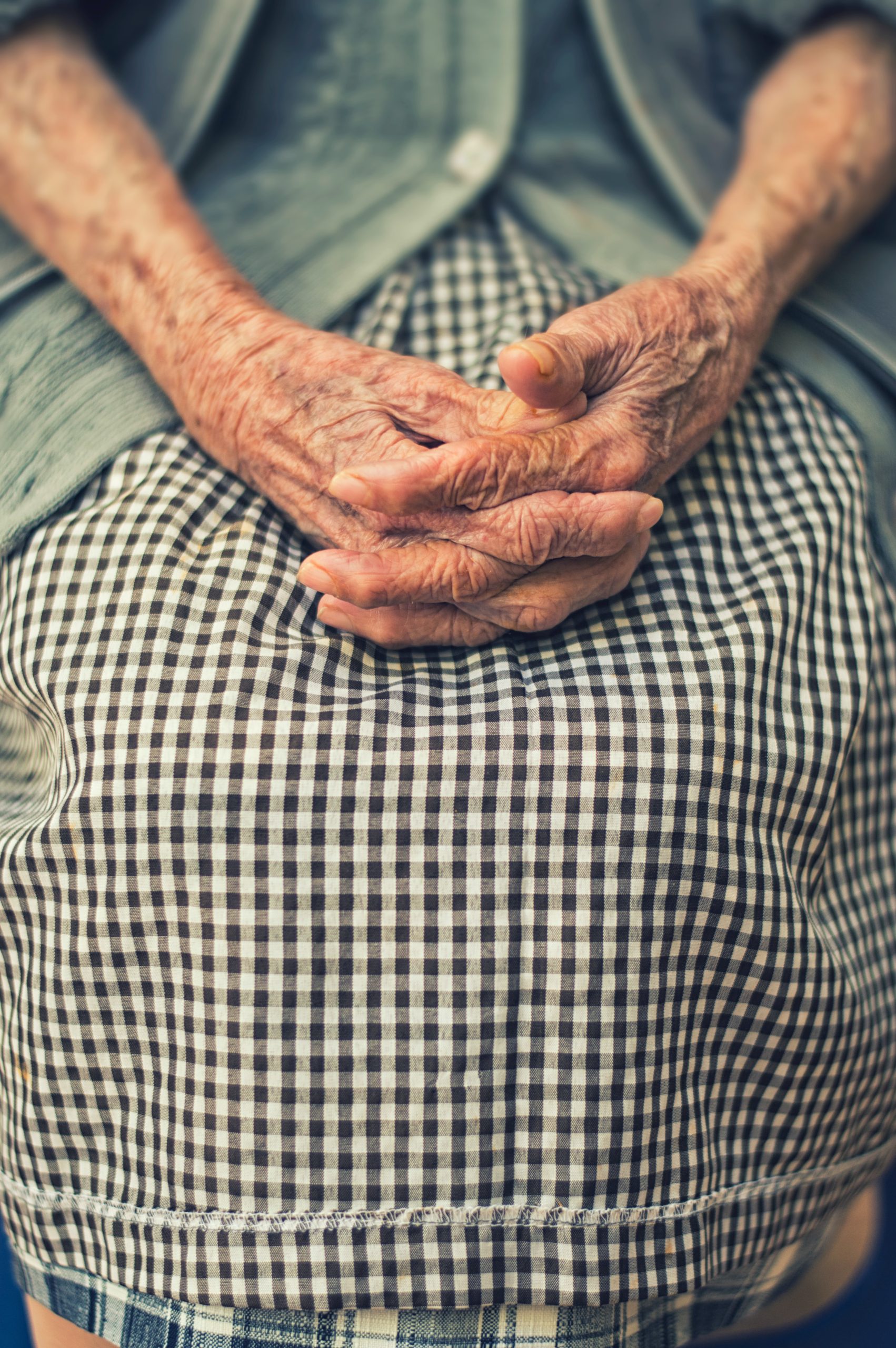As we age, our balance and coordination tend to decline, increasing the risk of falls. For seniors, even a minor fall can have serious consequences such as fractures and head injuries that may lead to hospitalization or long-term disabilities. But what are the factors that contribute to this increased seriousness of falls in older adults? In this blog post, we will explore some of the common causes and ways to prevent them. So grab a cup of tea and read on!
Older adults are more likely to fall
Older adults are more likely to fall, and falls are a leading cause of serious injury and death in seniors. Factors that contribute to falls in seniors include:
• Poor balance. As people age, their balance becomes less reliable, making them more prone to falling.
• Limited mobility. As physical abilities decline, seniors may have difficulty moving around quickly enough to avoid a fall.
• Memory loss. As people age, their memories can become less reliable, leading them to forget safe steps or where they are supposed to be going.
• Depression and anxiety. These conditions can affect a person’s ability to think clearly and make safe decisions, which can lead to falls.
Risk factors for falls in seniors
There are many risk factors for falls in seniors, but some of the most important include age, health condition, balance issues, medications and alcohol use. Elderly patients are more likely to fall because they are more prone to falls due to a number of medical conditions such as arthritis and poor vision. Additionally, older adults often have less functional reserve remaining due to physical frailty and decreased muscle mass. These factors can make it difficult for them to maintain their balance and stay upright when they lose their balance.
Another common risk factor for falls is poor circulation. As people age, the blood flow to their extremities decreases which can lead to a loss of balance and an increased chance of falling. In addition, medications that can affect vision or coordination can also lead to falls. Alcohol use is also a major contributing factor to falls in seniors; excessive drinking can cause dizziness and confusion which can lead to falls.
There are several steps that seniors can take to reduce their risk of falling; including getting regular exercise, maintaining good health habits and maintaining good balance. Additionally, it is important for seniors with chronic conditions such as arthritis or diabetes to see their doctor regularly so that any necessary adjustments in medication or therapy can be made.
Causes of falls in seniors
There are a number of factors that can contribute to falls in seniors. Some of these include: age, medical conditions, injuries, and medications. Age is the biggest factor – as people get older, their balance and coordination may start to decline. Medical conditions can also play a role – for example, if someone has dementia or Alzheimer’s disease, they may become more prone to falling. Injuries can also cause falls – for example, a fall could happen due to weakness or paralysis caused by an illness or injury. Finally, some medications can cause falls – for example, drugs that stimulate the central nervous system (such as anticonvulsants) can cause dizziness andbalance problems.
Treatment of falls in seniors
Falls are a common cause of injury and death in seniors. Falls can result from a variety of factors, including poor balance, age-related decline in muscle strength and coordination, and decreased vision.
There are many ways to prevent falls in seniors. One important step is to identify potential risks and address them with a senior’s doctor. For example, if a senior is experiencing difficulty walking or standing, the doctor may recommend physical therapy or a cane.
If a fall occurs, the safest course of action is to stay calm and call for help. If possible, move the senior to a safe place on the ground, such as against a wall or railing. Remove any objects that could be caught in the fall (such as glasses or jewelry). Place an ice pack on the injured area and call for medical help.
Conclusion
Falls are one of the top causes of morbidity and mortality in seniors, and as we age our balance, coordination, strength and ability to resist gravity decrease. In order to prevent falls and reduce their severity, it is important for seniors to be screened for fall risk factors. After falling, seniors should immediately seek medical attention. Here are five fall risk factors that you should be aware of: 1) Seniors with low vision or blindness may have a higher risk of falling because they may not see potential obstacles in their path. 2) Seniors with poor balance or mobility may be more at risk for falls because they might not be able to detect subtle changes in their environment that could signal a fall threat. 3) Seniors who use walkers or wheelchairs may have difficulty walking without assistance or sensing when steps lead down into dangerous territory. 4) Elderly women often experience declining estrogen levels which can cause weakened bones and increased susceptibility to fractures. 5) Finally, medications such as warfarin (Coumadin), corticosteroids (prednisone), lithium and statins (atorvastatin, simvastatin) can influence blood pressure levels which can also contribute to falls by reducing muscle strength and coordination.




